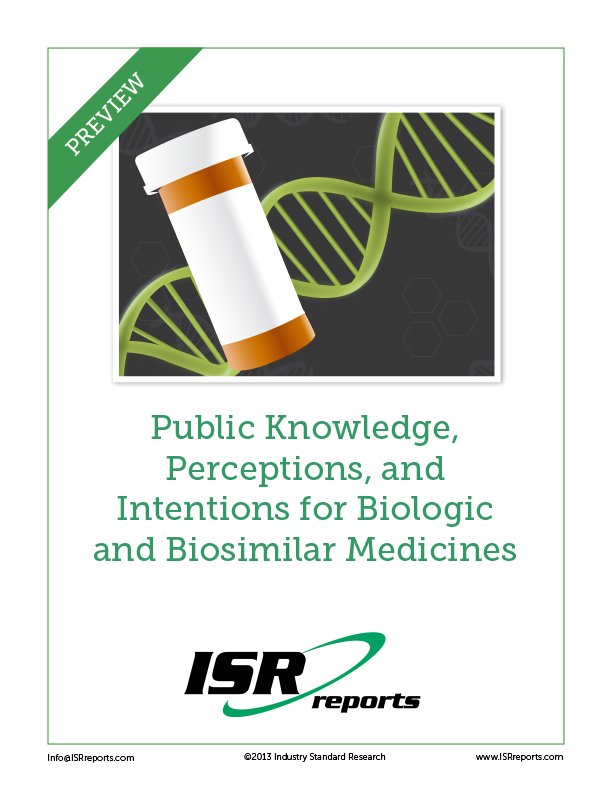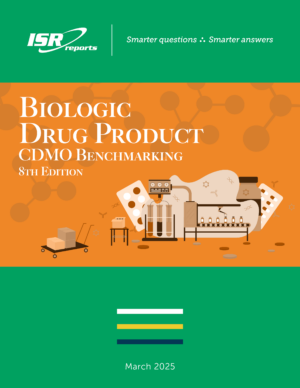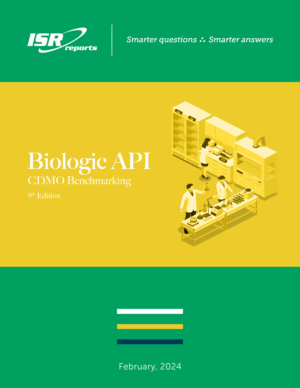Public Knowledge, Perceptions, and Intentions for Biologic and Biosimilar Medicines
Price range: $3,260.00 through $6,520.00
September 2013
Licensing Options
- SINGLE-USER LICENSE
A Single-User License allows access to an individual user.
- ENTERPRISE-WIDE LICENSE
An Enterprise-Wide License allows access to all employees and sites within an organization.
Report Overview
This research was designed to provide pharmaceutical sales, marketing, and brand management with data to better understand how US patients will make decisions regarding their purchase and use of biosimilar medications.
What you will learn:
- The general public’s knowledge and perceptions of biologic and biosimilar medications
- The effect basic biosimilar education has on perceptions and decision-making
- US population’s current beliefs about generic medicines and how those beliefs differ for “generic” biologics
- Percentage of US population who know whether their own prescription medications are chemical or biologic
How you can use this report:
- Establish your biosimilar commercialization strategy by leveraging this insight into the US population’s knowledge, perceptions, and intentions for use of biologic and biosimilar medicines
- Design biosimilar patient education campaigns rooted in the understanding of patients’ high-level drivers of choice
Report Contents:
1. Executive Summary
2. Medication Decision-making
Explores high-level prescribing activities and reveals patients’ predispositions when making prescription decisions. For example, ISR reveals patients’ likelihood to switch to a generic medication against doctor’s orders, how often they consult a pharmacist regarding drug decisions, and how often they request a generic alternative.
3. Biologic and Biosimilar Prescription Choice Models
ISR analyzes the level of importance patients place on several prescription medication attributes, including: Cost, Doctor recommendation, Manufacturing location, Similarity to the original product, Manufacturer, and Safety record.
To test the impact basic biosimilar education has on patient beliefs and intentions, ISR split the sample into two groups: one that received a brief definition of the difference between biologic and chemical medications and one that did not receive the definition.
4. High-level Medication Perceptions
Reveals patients’ perceptions surrounding “simple” and “complex” medications. For example, ISR explores patients’ perceptions of medication safety and effectiveness, attributes they associate with “complex” medications, and the use and manufacturing of “simple” generic medications.
5. Perceptions of Biologic and Biosimilar Medications
Quantifies patients’ familiarity with and feelings towards biologic medicines.
6. Pharmaceutical Industry Perceptions
Measures patients’ trust of drug manufacturers by geographic location and reports pharmaceutical company-level brand familiarity.






